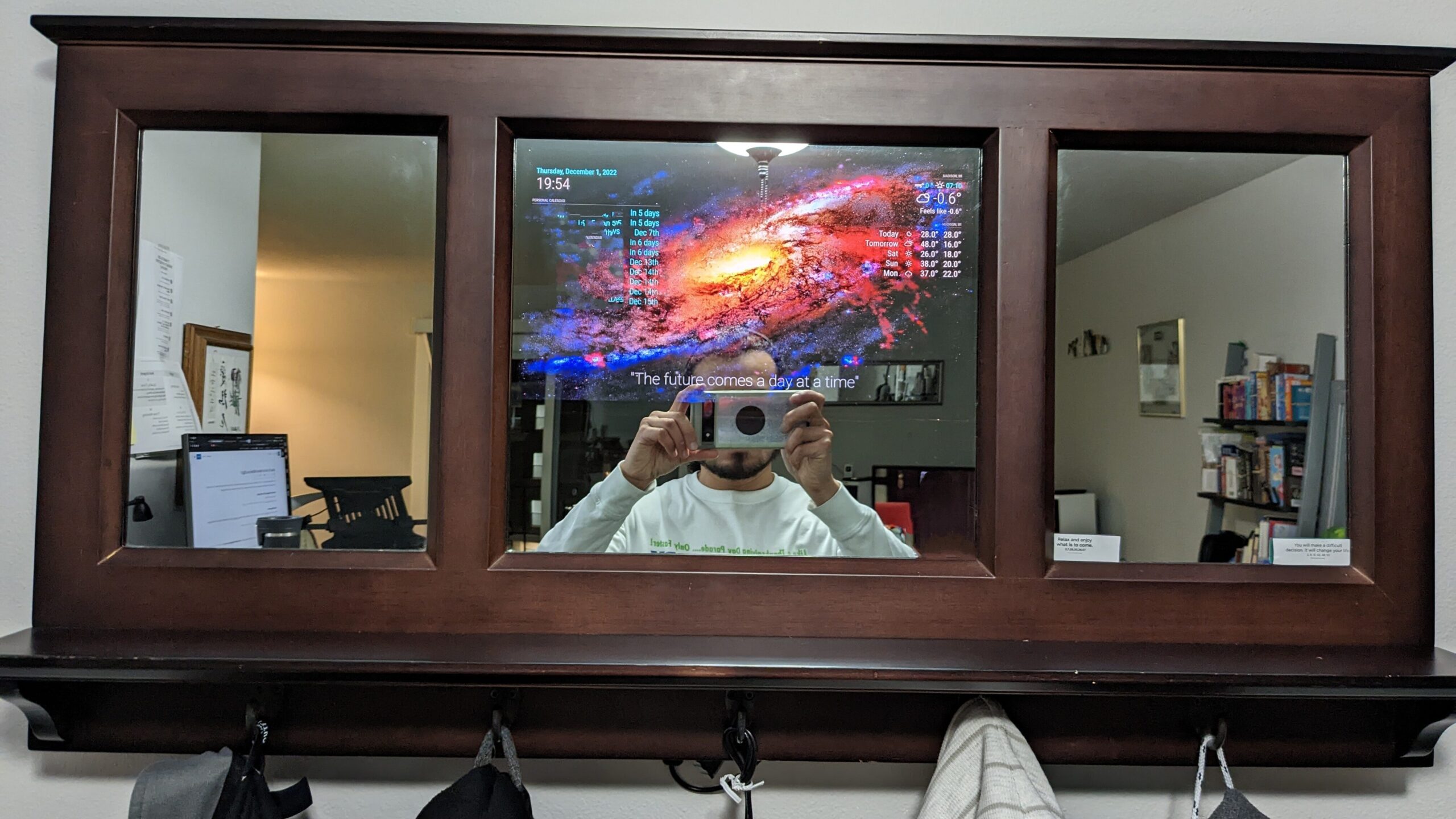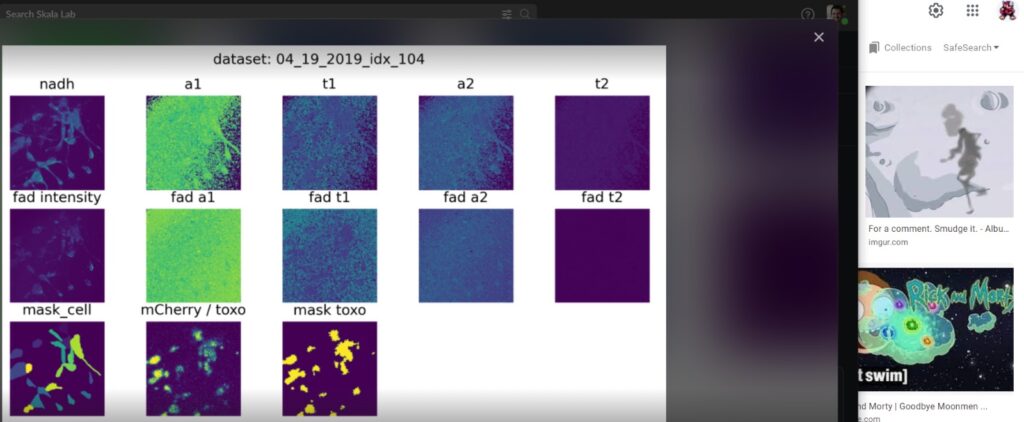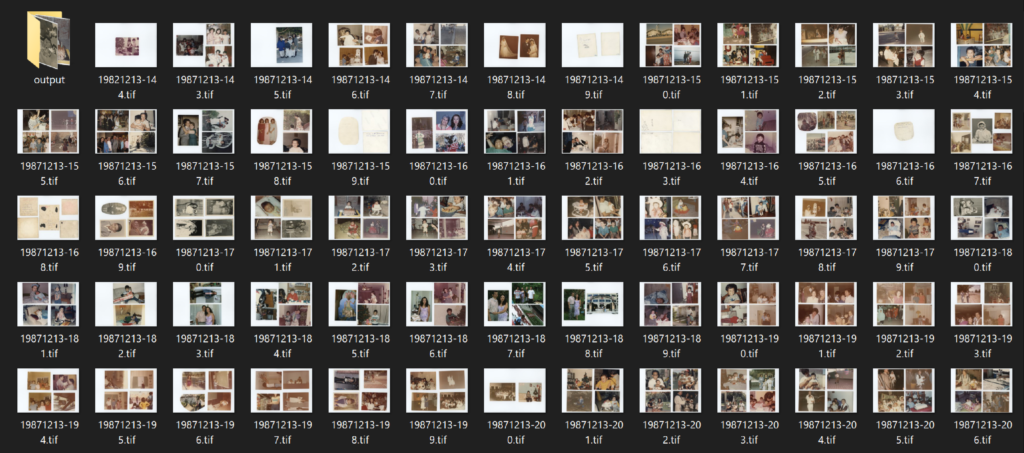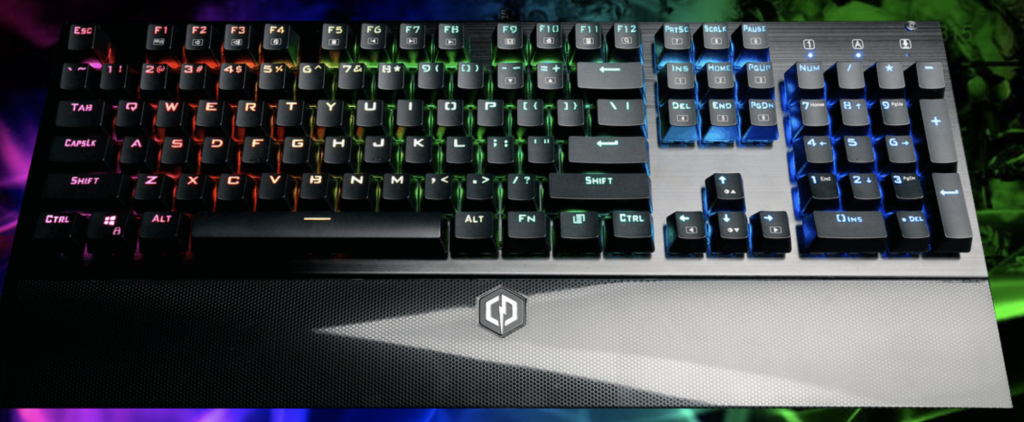Updated: 2023/01/09
Main Reason: Stability
There is and inherent sense of anxiety and fear not knowing how your OS will react in any certain day depending on the task and whether or not it will be compatible with what you need.
Video Conferencing
- This is lacking, online versions of zoom, webex, teams aren’t very well made and the desktop clients are lacking a lot of features. On top of this Wayland doesn’t support desktop sharing which is a pretty essential feature depending on your job.
Word Processing
- No Microsoft Suite support
- Closest I could find was OnlyOffice but it’s missing a lot of tools that makes MS Office work well.
- No Adobe products including Adobe Reader
- This is fairly important for signing legal documents.
Automation
- There isn’t a robust built-in automation tool to use like macOS Automation
Other Random Issues
- Mapping network drives can be difficult
- By far not as straightforward and easy as in windows,
- Remote Desktop (Remmina) isn’t as well made as Windows Remote Desktop
- You can easily copy files between remote and local client as well as copy and paste from the buffer.
GPU Support
- I have a NVIDIA 3070 Ti so with that in mind:
- GUI/UI issues
- Desktop icons shifting by themselves
- With multi-monitors, dragging and dropping icons sometimes highlights them on both screens with unpredictable end placement on desktop
- Fractional scaling breaks when using multi-monitor and launching games full screen
- Sleep and then resume boots to a black screen with no icons or distorted text
- It seems like it’s been going on for a while
- GUI/UI issues
Conclusion
I would love to switch over to Linux one day as my main operating system, but there are too many sacrifices and hurdles where I’m spending more time troubleshooting than actually being productive. I still revisit Linux every 5 years or so and hope enough progress has been made but unfortunately this year is not the year.






